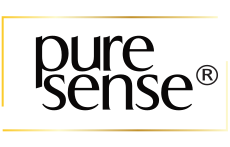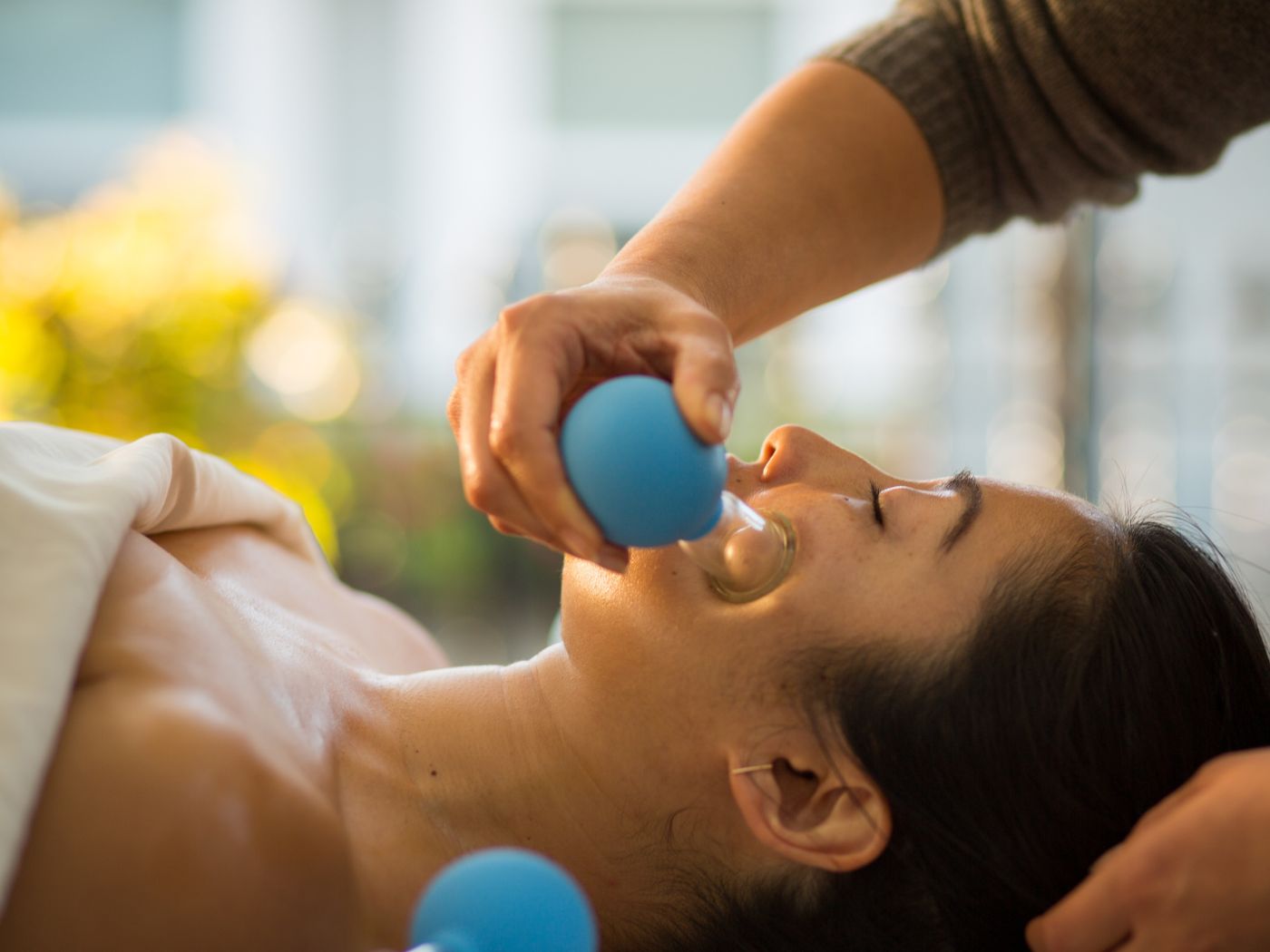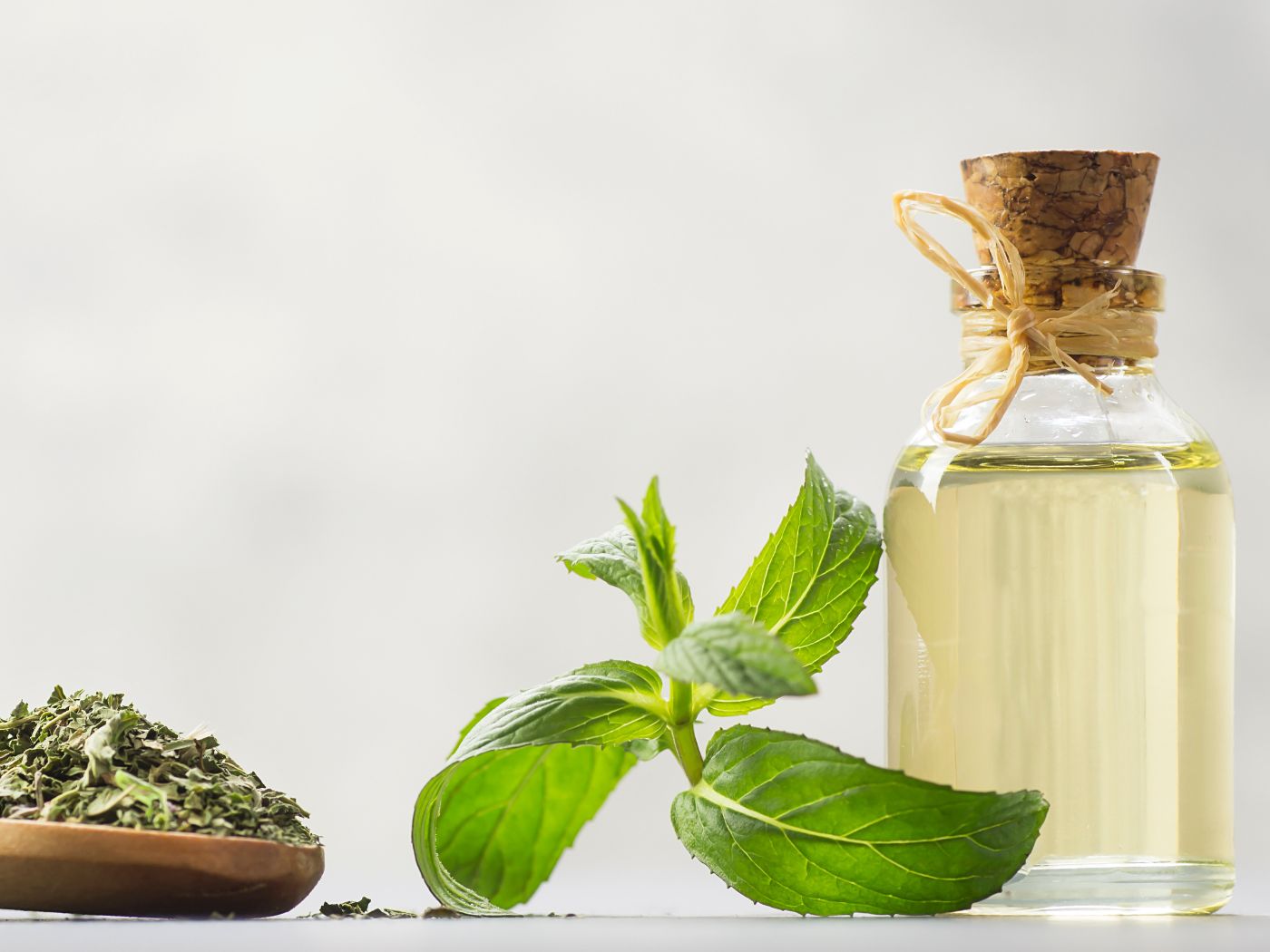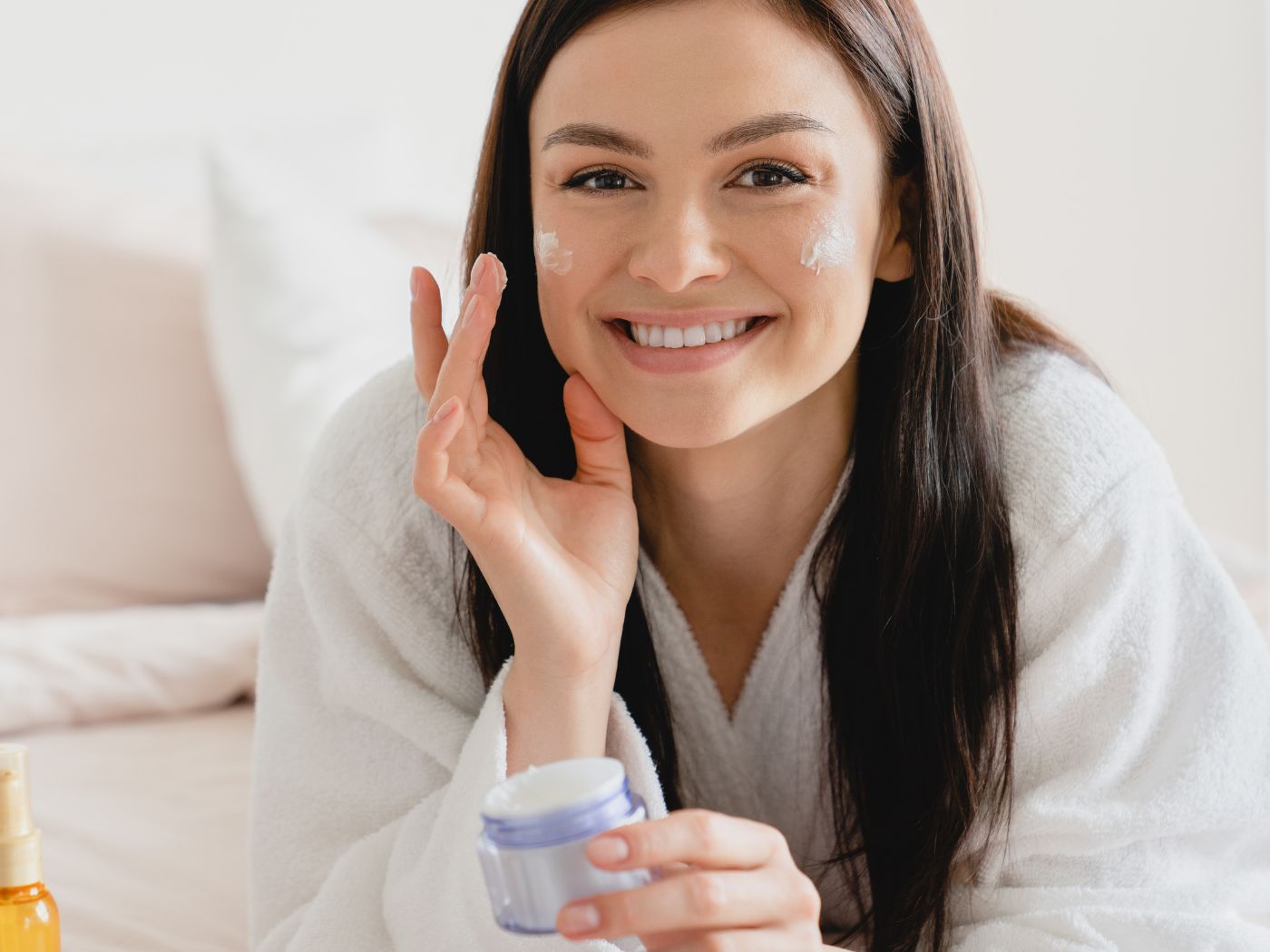There are several skincare techniques that along with a skincare routine can help in keeping your skin healthy. These techniques are designed and performed by specialists and are known to have several benefits for our skin. One of these techniques is Facial Cupping, which is known to have several benefits for our skin. Today we will take a look at some facial cupping benefits and understand how to do facial cupping at home! So let’s get started, shall we?
-
What Is Facial Cupping?
-
How To Do Facial Cupping At Home?
-
5 Facial Cupping Benefits
-
Conclusion
-
FAQs On Facial Cupping
What Is Facial Cupping?

Facial cupping is a non-invasive skincare technique that involves using small cups made of glass, silicone, or plastic to create suction on the skin's surface. The cups are placed on specific areas of the face and then moved around using various massage techniques.
Facial cupping is believed to help improve circulation, promote lymphatic drainage, reduce inflammation, and stimulate collagen production, resulting in a brighter, smoother, and more youthful-looking complexion. It can also help to reduce the appearance of fine lines and wrinkles and promote relaxation and stress relief.
Facial cupping should only be performed by a trained professional who can assess the skin's condition and determine the appropriate pressure and technique for each individual. It is not recommended for people with certain skin conditions or medical conditions such as rosacea, eczema, or high blood pressure.
How To Do Facial Cupping At Home?

It is generally recommended to seek the guidance of a trained professional before attempting facial cupping at home, as there are risks involved with improper use of the cups. However, if you decide to try it at home, here are some general steps to follow:
- Choose the right cups: As mentioned earlier, there are various types of cups available, including glass, silicone, and plastic. Glass cups are more traditional, but they are fragile and require more care. Silicone cups are softer and more pliable, making them easier to handle and less likely to cause bruising. Plastic cups are also a good option, but they may not create as much suction as glass or silicone.
- Prepare your skin: Before using the cups, make sure your skin is clean and dry. You may want to apply a small amount of facial oil or facial serum to help the cups glide smoothly over your skin. Some people also like to steam their face or use a warm compress to open up their pores before starting.
When cleansing your face, always choose a natural cleanser such as Pure Sense Pink Guava Face Wash, designed with the natural goodness of pomegranate and thanaka to naturally cleanse your skin and nourish it.
- Use proper technique: To use the cups, place them on the desired area of your face and create suction by squeezing and releasing them. Use gentle pressure and move the cups in an upward and outward direction, following the natural contours of your face. Avoid leaving the cups in one spot for too long and do not use them on areas with active acne, rashes, or broken skin.
- Be aware of the risks: While facial cupping is generally safe, it can cause bruising, redness, and irritation if not done properly. If you experience any discomfort or adverse effects, stop using the cups immediately and seek professional guidance. It is also important to note that facial cupping may not be suitable for people with certain skin conditions or medical conditions, so always consult with your healthcare provider before trying it.
- Clean and store the cups: After use, clean the cups with soap and water and allow them to dry thoroughly before storing them in a clean, dry place.
Overall, facial cupping can be a fun and effective way to improve your skin's appearance and promote relaxation. Just be sure to use caution and seek professional guidance if you are unsure about how to use the cups safely and effectively.
5 Facial Cupping Benefits
Facial cupping has several potential benefits for the skin and overall well-being. Here are some of the most commonly reported facial cupping benefit
- Increased circulation: Cupping creates suction on the skin, which can help to increase blood flow to the area. This increased circulation can deliver oxygen and nutrients to the skin cells, helping to improve their overall health and function. By increasing circulation, cupping can also promote healthy cell turnover, which can lead to a more youthful and radiant complexion.
- Lymphatic drainage: Cupping can also help to stimulate lymphatic drainage, which is the process by which waste and toxins are removed from the body. In the face, this can help to reduce puffiness and swelling, as well as promote a more defined jawline and cheekbones. By promoting lymphatic drainage, cupping can also help to boost the immune system and improve overall health and well-being.
- Reduced inflammation: Cupping can help to reduce inflammation in the skin by improving circulation and lymphatic drainage. Inflammation can be caused by a variety of factors, including environmental pollutants, stress, and poor diet. By removing toxins and impurities that contribute to inflammation, cupping can help to soothe the skin and reduce redness, irritation, and breakouts.
- Stimulated collagen production: Collagen is a protein that helps to keep the skin firm and elastic. As we age, our collagen production naturally decreases, leading to wrinkles, sagging skin, and other signs of ageing. Cupping can help to stimulate collagen production by creating micro-trauma to the skin. This trauma triggers the body's natural healing response, which includes the production of new collagen fibres. Over time, this can help to improve skin firmness, texture, and overall appearance.
- Relaxation and stress relief: Cupping can be a relaxing and soothing experience that promotes feelings of calm and well-being. As the cups are moved over the skin, they create a gentle suction that can help to relieve tension in the face and neck muscles. This can promote relaxation and reduce stress, which can have a positive impact on overall health and well-being.
Overall, facial cupping is a gentle and non-invasive way to improve skin health and promote overall well-being. As with any new skincare or wellness practice, it's important to consult with a healthcare provider or licensed professional before trying it at home.
Conclusion
We hope now you know everything you need to know about facial cupping. Remember, while it is possible to do facial cupping at home, it is generally recommended to get it done by a professional to avoid any complications.
FAQs On Facial Cupping
-
How often should you do facial cupping at home?
The frequency of facial cupping at home can depend on individual skin type, condition, and goals. However, most experts recommend starting with one session per week and gradually increasing frequency as desired.
It's important to note that facial cupping can cause temporary bruising or redness on the skin, especially if done too frequently or aggressively. To avoid this, it's recommended to start with shorter sessions (no more than 5-10 minutes) and gradually increase the duration over time. Additionally, it's important to allow time for the skin to rest and recover between sessions. Giving the skin at least a few days to a week to recover between sessions can help to prevent overstimulation and irritation.
-
Can I do face cupping daily?
It's generally not recommended to do facial cupping daily, as this can be too stimulating for the skin and may lead to irritation, bruising, or other adverse effects. While facial cupping can be a beneficial part of a skincare routine, it's important to allow time for the skin to rest and recover between sessions. Most experts recommend starting with one session per week and gradually increasing frequency as desired, up to a maximum of 2-3 times per week.
-
What time of day is best for facial cupping?
There is no specific time of day that is best for facial cupping. It really depends on your personal schedule and skincare routine. Some people prefer to do facial cupping in the morning to help reduce puffiness and improve circulation for a fresh, radiant complexion throughout the day. Others prefer to do it at night as part of a relaxing bedtime ritual to promote restful sleep and aid in overnight skin repair.







